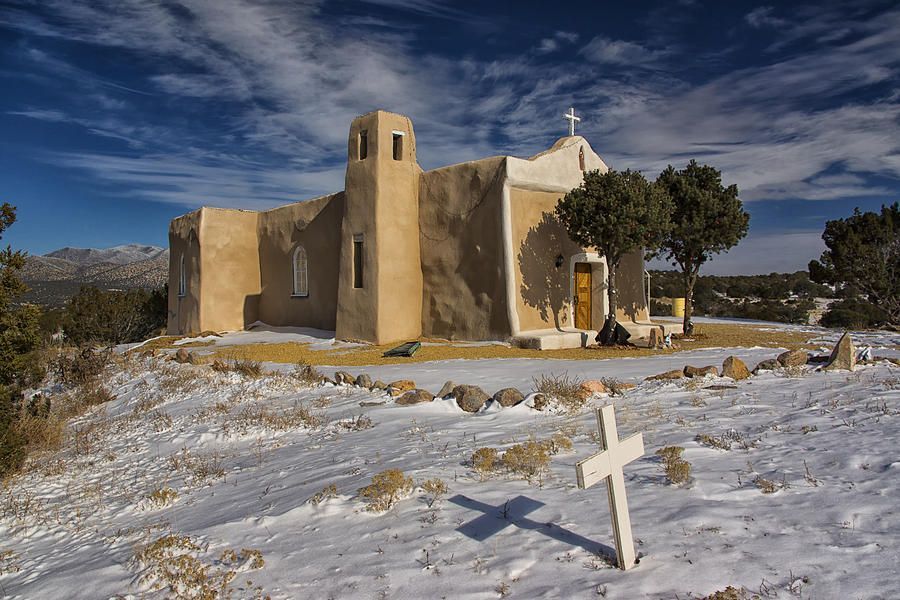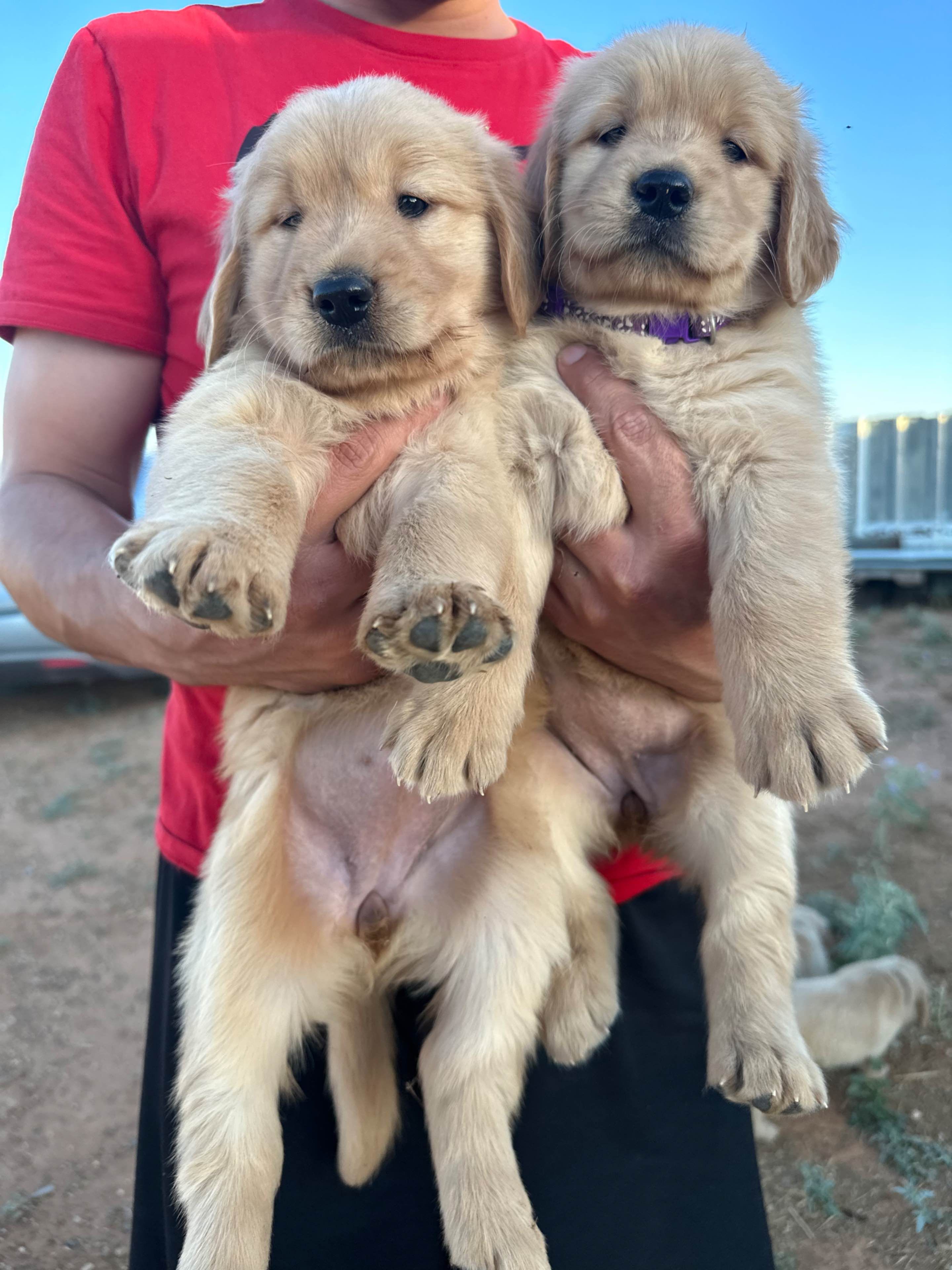
Whispers in the Wind: Unearthing America’s Enduring Legends, From Paul Bunyan to the Golden Hills of New Mexico
Every nation builds itself not just on laws and land, but on stories. These are the tales that weave through generations, shaping identity, instilling values, and reflecting the hopes and fears of a people. In America, a vast continent forged from disparate cultures and relentless expansion, legends are as diverse and dynamic as its landscape. From the towering lumberjacks of the North to the spectral guardians of the desert, these myths, both ancient and modern, serve as the cultural DNA of a nation still defining itself. They are the echoes in the dust, the whispers in the wind, guiding us through a past that is often more imagined than remembered.
America’s legendary landscape is a rich tapestry, vibrant with figures that embody the nation’s pioneering spirit, its enduring connection to the wild, and its complex relationship with the unknown. These narratives, often born from oral traditions, newspaper sensationalism, or the collective unconscious, provide a unique lens through which to understand the American psyche.
The Giants of the Frontier: Forging an Identity

Perhaps the most quintessential American legends are those born from the crucible of westward expansion and industrial growth. Figures like Paul Bunyan, the colossal lumberjack whose feats of strength shaped mountains and carved rivers, epitomize the spirit of the early American frontier. He is a hyperbolized embodiment of human triumph over nature, a testament to the sheer scale of the challenges faced by pioneers. Bunyan, often accompanied by his giant blue ox, Babe, didn’t just clear forests; he created the Great Lakes by digging a watering hole and straightened a crooked road with a single pull.
Similarly, Johnny Appleseed (John Chapman) transforms a real historical figure into a folk hero. His legend, that of a benevolent wanderer who spread apple seeds across the burgeoning nation, speaks to a deeply rooted American ideal of nurturing the land and leaving a lasting legacy. These figures, though fantastical, grounded the American narrative in a sense of purpose and boundless possibility, romanticizing the arduous task of taming a wild continent. They taught lessons of perseverance, ingenuity, and the sheer power of human will.
The Wild West and Its Outlaws: Heroes and Villains in Grey
As the frontier pushed further west, a new breed of legends emerged: the gunslingers, lawmen, and outlaws of the Wild West. Here, the line between fact and fiction often blurs, creating figures like Billy the Kid and Jesse James, whose stories have been retold and embellished countless times. Billy the Kid, born Henry McCarty, was a petty thief and murderer who died at 21, yet his legend transformed him into a charismatic, misunderstood rebel, an anti-hero embodying the era’s volatile spirit. His life, a mere four years of notoriety, became the stuff of dime novels and Hollywood epics.
Jesse James, a Confederate guerrilla turned bank robber, became a symbol of defiance against powerful institutions. His legend often paints him as a Robin Hood figure, stealing from the rich to give to the poor, despite historical accounts suggesting otherwise. These tales, fueled by sensationalist newspapers and the public’s fascination with rebellion, reveal a national ambivalence towards authority and a romanticization of individual freedom, even when it veered into lawlessness. They are cautionary tales and aspirational myths rolled into one, reflecting a society grappling with its own moral compass.
Echoes of Ancient Spirits: Native American Lore
Long before European settlers arrived, the lands now known as America were rich with the legends of indigenous peoples. These stories, deeply intertwined with the land, its animals, and the spiritual world, offer a profound understanding of ecological balance, human responsibility, and cosmic order. The Thunderbird, a powerful avian spirit in many Native American traditions, is said to bring storms and embody immense power, protecting the people from evil. It represents the formidable forces of nature and the sacred connection between the sky and the earth.
Other legends, like the Navajo Skinwalker, evoke a darker, more cautionary aspect of the spiritual world. Skinwalkers are malevolent witches capable of shapeshifting into animals, using their powers for evil. While deeply sacred and often not discussed openly outside of tribal contexts, the existence of such legends underscores the profound spiritual beliefs and complex moral frameworks that have existed on this continent for millennia, often warning against the misuse of power and the breaking of sacred trusts. These stories are not merely entertainment; they are living traditions, vital to the cultural continuity and spiritual well-being of Native American communities.
The Allure of the Unknown: Cryptids and the Supernatural
America’s vast, untamed spaces and its deep-seated anxieties have also given rise to a pantheon of cryptids – creatures whose existence is unproven but whose legends persist. Bigfoot, or Sasquatch, a large, ape-like creature said to roam the forests of the Pacific Northwest, is perhaps the most famous. Thousands of reported sightings and blurry photographs fuel the legend, tapping into our primal fear of the wild and our fascination with undiscovered species. Bigfoot represents the lingering mysteries of nature, a reminder that even in an age of science, there are still corners of the world that defy easy explanation.
In the more industrialized East, the Jersey Devil, a winged, horse-headed creature, has terrified residents of the Pinelands for centuries, often seen as a curse or an omen. In West Virginia, the Mothman legend, born from a flurry of sightings in the 1960s, became intertwined with the tragic collapse of the Silver Bridge, painting the creature as either a harbinger of disaster or a supernatural guardian. These legends, often fueled by local folklore, mass hysteria, and the yearning for something beyond the mundane, speak to our collective anxieties about the unknown and the fragile boundaries between our world and another.
The Golden Lure of New Mexico: Legends in the Land of Enchantment
No exploration of American legends would be complete without delving into the unique mystique of the Southwest, particularly the "Land of Enchantment," New Mexico. Here, the sun-baked landscapes, ancient Native American pueblos, and centuries of Spanish colonial history have created a potent brew of myths, none more compelling than those surrounding lost treasures and the enduring allure of gold.
Nestled in the rugged Cerrillos Hills, a short drive from Santa Fe, lies the small, historic community of Golden, New Mexico. Today, it’s a quiet village, a ghost of its former self, but its name is a direct testament to the dreams that once pulsed through this region. Golden was one of the earliest gold rush towns west of the Mississippi, its story dating back to the 1820s when placer gold was discovered. The subsequent rush drew prospectors from far and wide, laying the groundwork for a rich vein of legends about sudden wealth, hidden fortunes, and the enduring quest for the precious metal.
The very name "Golden" evokes the powerful myth of El Dorado, a legend that crossed oceans with the Spanish conquistadors, transforming from a gilded king to a lost city of gold. In New Mexico, this dream manifested in countless tales of forgotten mines, buried Spanish hoards, and the elusive "Lost Padre Mine." This particular legend, often tied to a Jesuit priest who supposedly discovered a fabulously rich gold or silver deposit before being forced to abandon it, has fueled generations of treasure hunters. The Lost Padre Mine is said to be hidden in the mountains, its entrance perhaps deliberately concealed or lost to the shifting sands and time. Despite centuries of searching, no conclusive evidence has ever surfaced, yet the story persists, whispered in taverns and pored over in old maps.
"The desert doesn’t give up its secrets easily," an old New Mexico prospector might have grumbled, "but it guards its legends fiercely." Indeed, the Golden area, with its history of boom and bust, perfectly embodies the duality of the American dream: the promise of instant riches contrasted with the harsh realities of a unforgiving landscape. These legends are more than just stories of wealth; they speak to a profound human desire for transformation, for a life changed by a single stroke of fortune. They are tales of hope, greed, perseverance, and ultimately, the enduring mystery of what lies just beyond our grasp. The very air in Golden, NM, seems to hum with these bygone ambitions, a silent testament to the thousands who chased a golden dream.
Modern Myths and Urban Lore: The Evolving Narrative
Legends are not static; they adapt and evolve with society. In the digital age, urban legends, often spread through the internet, reflect contemporary anxieties and moral dilemmas. Slenderman, a tall, faceless entity that stalks children, emerged from an online creative writing contest to become a terrifying figure in popular culture, leading to real-world incidents. This shows how quickly new myths can take root, blending elements of the supernatural with modern fears about technology and the unknown.
These modern legends, like their ancient counterparts, serve as cautionary tales, reflecting our collective fears about crime, technology, and the breakdown of social order. They are often born from anxieties about stranger danger, contaminated food, or the dangers lurking in the digital realm.
The Enduring Power of Story
From the colossal footprints of Paul Bunyan to the spectral glint of gold in the Cerrillos Hills, America’s legends are more than mere folklore. They are the collective unconscious of a nation, reflecting its triumphs, its tragedies, its aspirations, and its deepest fears. They teach us about our past, inform our present, and subtly shape our future.
These stories, whether they tell of a giant lumberjack, a defiant outlaw, a sacred spirit, a cryptid in the woods, or a lost mine in a sun-drenched landscape like Golden, New Mexico, connect us. They remind us that despite our differences, we share a fundamental human need to make sense of the world, to find meaning in the extraordinary, and to pass on the wisdom, both real and imagined, of those who came before. As long as there are mountains to climb, forests to explore, and mysteries to ponder, America will continue to weave its rich and ever-evolving tapestry of legends.



